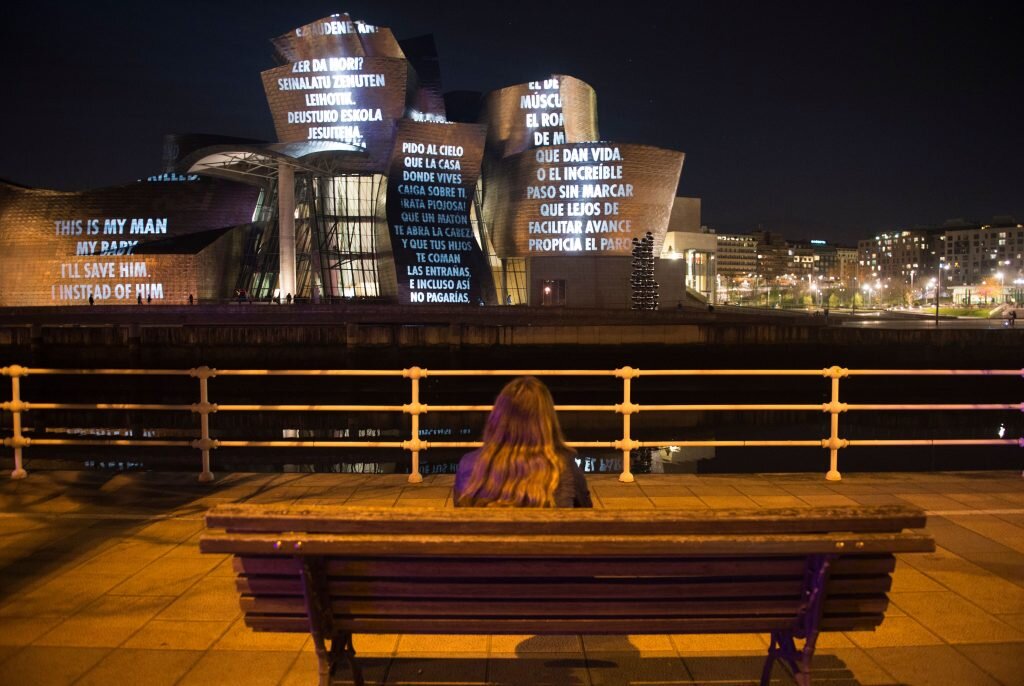Resources
ABOUT US / SERVICES / OUR CLIENTS / STORE / CONTACT
Case Study: Running a Famous Artist’s Estate Is a Maze of Infighting and Deal-Making. Here’s How the Rothkos and Other Families Did it
Children weigh in on dealing with their famous parents’ cultural heritage.
Children weigh in on dealing with their famous parents’ cultural heritage.
When artist Robert Indiana was on his deathbed, lawyers for the Morgan Art Foundation, which holds the copyright to some of Indiana’s most famous works, were busy filing a lawsuit against the foundation Indiana had named as the sole beneficiary of his estate. Three years and millions of dollars in legal fees later, the dispute between the two parties was finally settled this June, but not before the confusion over who had authority over the work had a chance to upset Indiana’s market, as well as cast shadows on his artistic legacy.
Case Study: The Enormous Seven-Part Catalogue Raisonné on Pioneering Spiritual Abstractionist Hilma af Klint Is Finally Being Published
The first three of seven volumes are out this month.
Hilma af Klint, Childhood Group IV (1907). Photo courtesy of Bokförlaget Stolpe/Artbook | DAP.
By Sarah Cascone
When the Guggenheim Museum was planning its 2018 retrospective on Hilma af Klint, the Swedish artist was not exactly a household name. When Klint died in 1944, she left behind a will that precluded her work from being publicly shown for decades.
But the exhibition, showcasing Klint’s visionary abstractions—which she created five years before what is widely considered the birth of abstract art and the Modernist movement—became a runaway hit, attracting more than 600,000 visitors, an institutional record.
The catalogue begins with the automatic spiritual sketches Klint created as part of the Five, a group of women who sought to contact the dead under the guidance of a medium during séances. It goes on to present the ambitious, large-scale abstract works that she made at the behest of one of her spirit guides, which were to be displayed in a circular temple—and the 10 small sketchbooks she used to illustrate the project when she wanted to share it with others during her travels.
Individual volumes are priced at $50 each, or the full clothbound set can be pre-ordered for $350, with an expected ship date of late November. The catalogue was designed by Patric Leo and includes texts by Daniel Birnbaum and Kurt Almqvist.
Case Study (via Artnet.com): How Does Jenny Holzer Get the Rights for All the Texts She Uses in Her Artwork?
Can a politician get sued for plagiarizing someone else's speech? And how can artists use pop music in their work without getting into trouble?
A woman watches Jenny Holzer's projection mapping creation entitled "For Bilbao" on the Guggenheim Bilbao Museum's facade on March 21, 2019. (Photo by ANDER GILLENEA / AFP via Getty Images)
I’m enthralled with Jenny Holzer’s new app, which allows you to recreate one of those pieces where she projects words onto buildings. (In this case, the text comes from great authors and thinkers, like W.E.B. Du Bois and Plato.) This iteration originated at the campus of the University of Chicago, but is now available around the world. My question is: How does she get the rights to all those words?
Jenny Holzer is a national treasure. In 1990, she became the first woman to represent the US at the Venice Biennale, and her work has always reflected our country’s conscience.
From 1977 to 2001, Holzer penned most of her own material, but she has said that she “quit writing because I wanted to cover more themes, more emotions, to create more depth than I could muster alone. I am not really a writer. So I began to choose texts by others.”
She is sometimes called an appropriation artist, but that term can be misleading. For one thing, her collaborators usually receive credit. (She and Polish poet Wisława Szymborska have met for pineapple, as you do.)
In fact, her clearance efforts might go above and beyond what’s strictly necessary. When you encounter Holzer’s work in the wild—say, on the back of a truck—you’re not necessarily aware that it’s an artwork, so it would be hard to argue she’s taking credit for something she hasn’t put her name on. Moreover, short phrases from longer works like books and poems tend not to be protected at all, unless they are especially distinct. (This was quickly made clear to the people who tried to make mugs that read “E.T. Phone Home”without the approval of Universal Pictures.)
Copyright also only exists for the length of a creator’s life, plus 70 years. Since this latest project involves U Chicago’s core curriculum, most of its authors are likely long gone.
Judge Awards Three Pals of Robert Rauschenberg $25 Million
Court decision could prompt more artists to specify trustee fees in trust documents.
Robert Rauschenberg.
Photo: maría josé/Flickr.
On Friday, August 1st, a Florida judge granted Robert Rauschenberg’s accountant and two other longtime associates $24.6 million in fees for overseeing the artist’s estate—more than 60 times what Rauschenberg’s foundation deemed reasonable. “The amount awarded certainly gives new meaning to the phrase ‘friends with benefits’, when an artist’s pals are so richly rewarded,’’ said Thomas C. Danziger, an art lawyer who wasn’t involved in the multiyear court battle, in an e-mail.
Rauschenberg died in 2008, at age 82. The three trustees of the Robert Rauschenberg Revocable Trust, which was founded in 1994, had originally sought a fee of $60 million. At trial, they dialed back their request to between $51 and $55 million. The foundation, the prime beneficiary of the trust, argued that a total of $375,000 divided among the three was fair.
The court decision could prompt more artists to specify trustee fees in trust documents, Danziger said.
Christopher Rauschenberg Responds
Christopher Rauschenberg, the artist’s son, is chairman of the Rauschenberg Foundation, which provides residencies to artists on Captiva Island, Florida, and makes grants to arts and environmental organizations, among other endeavors. He was disappointed by circuit court judge Jay Rosman’s decision. “As we have said all along, we believe this case is a simple matter of evaluating the value of the services by the trustees, which we consider to be modest and not meriting an amount of this magnitude,’’ he said in a statement.
Robert Goldman, a lawyer who represents the foundation, was asked in June whether Rauschenberg would be turning over in his grave given the trustee demands. “Turning over is mild,’’ Goldman said in a video interview with the News-Press of Fort Myers, Florida. “He probably would come out and choke a few people.’’
The trustees are Darryl Pottorf, an artist who assisted and lived with Rauschenberg for over 25 years; Bennet Grutman, the artist’s accountant for 18 years; and Bill Goldston, a Rauschenberg business partner with a fine art–print publishing company. Their lawyer, Michael Gay, didn’t return an e-mail seeking comment. As they had already split $8 million in fees, the judge ordered that they were entitled to another $16.4 million, totaling $24.6 million. Their accomplishments on behalf of the trust included developing and executing a plan to withdraw Rauschenberg work from the market when he died, “to prevent a decline in value from speculators or collectors flooding the market with his art,’’ the judge wrote. Rosman cited appraisals stating that the value of assets soared from $606 million in 2008 to $2.2 billion four years later. While the rising art market and Rauschenberg’s talent were “contributing factors” in the appreciation, the judge ruled that the trustees’ performance played a key role. “The court finds that the trustees made very good decisions and rendered very good service,’’ Rosman wrote.







